HP LASERJET1300 Bruksanvisning
Läs gratis den bruksanvisning för HP LASERJET1300 (162 sidor) i kategorin Skrivare. Guiden har ansetts hjälpsam av 21 personer och har ett genomsnittsbetyg på 3.8 stjärnor baserat på 11 recensioner. Har du en fråga om HP LASERJET1300 eller vill du ställa frågor till andra användare av produkten? Ställ en fråga
Sida 1/162

use
hp LaserJet
1150 1300 1300n
Produktspecifikationer
| Varumärke: | HP |
| Kategori: | Skrivare |
| Modell: | LASERJET1300 |
Behöver du hjälp?
Om du behöver hjälp med HP LASERJET1300 ställ en fråga nedan och andra användare kommer att svara dig
Skrivare HP Manualer
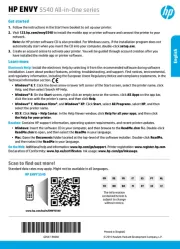
7 Oktober 2025
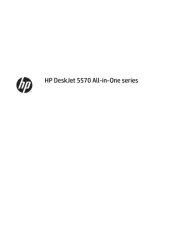
7 Oktober 2025
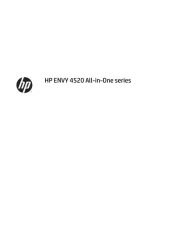
6 Oktober 2025
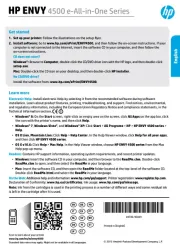
6 Oktober 2025
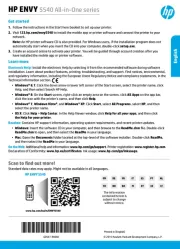
6 Oktober 2025
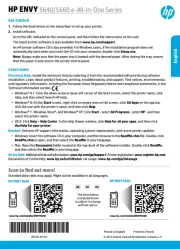
6 Oktober 2025
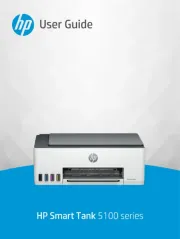
18 September 2025
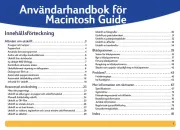
5 September 2025
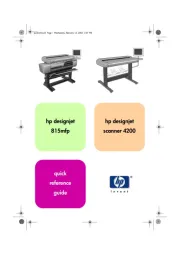
4 September 2025
4 September 2025
Skrivare Manualer
- Tally Dascom
- Velleman
- AVM
- D-Link
- TSC
- Sony
- Brady
- Primera
- Triumph-Adler
- Brother
- Zebra
- Frama
- Oki
- Sharp
- Dell
Nyaste Skrivare Manualer
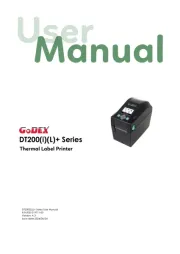
23 Oktober 2025
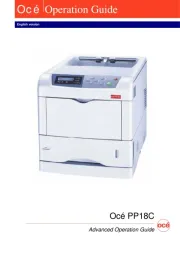
20 Oktober 2025
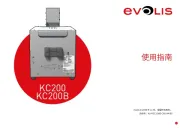
18 Oktober 2025
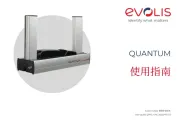
17 Oktober 2025
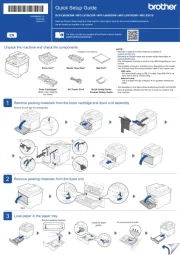
14 Oktober 2025
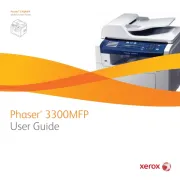
13 Oktober 2025
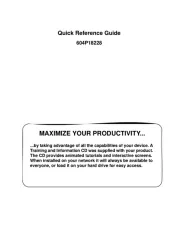
12 Oktober 2025
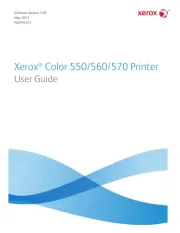
12 Oktober 2025
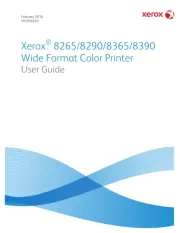
12 Oktober 2025
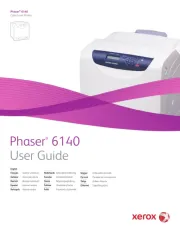
12 Oktober 2025